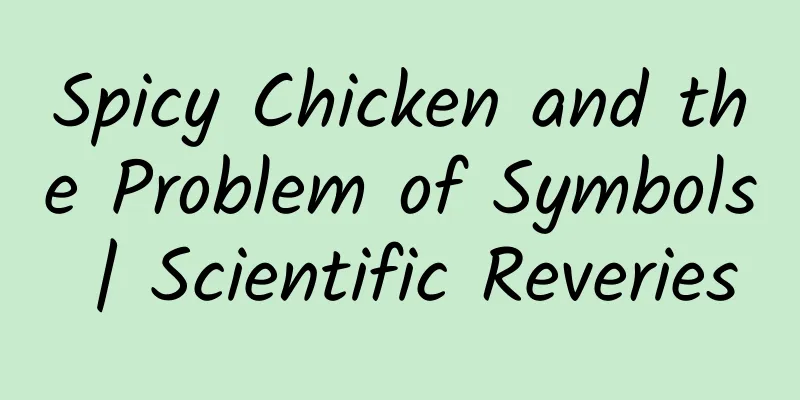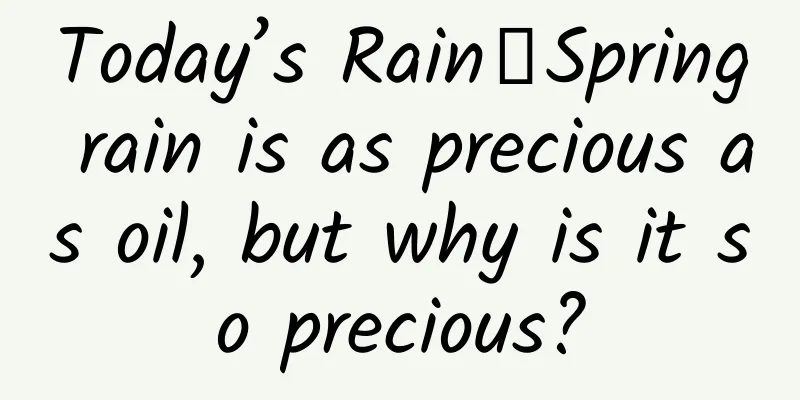Effects and functions of flat stalk

|
Polygonum multiflorum, also known as bird's nest, flat bamboo, bamboo grass, pig's tooth grass, Daosheng grass, etc., is a plant that is widely distributed throughout China. It is also a Chinese herbal medicine that can be used as medicine. Its main functions and effects are in the treatment of gonorrhea and eczema. So how does traditional Chinese medicine use Polygonum multiflorum for treatment? In daily medication, what problems with Polygonum multiflorum should we pay attention to? Let's learn about it with the editor below. The role and efficacy of Polygonum multiflorum Shape characteristics of Polygonum multiflorum Annual herb. The stem is procumbent, elevated or upright, 10-40 cm high, with many branches from the tip and longitudinal ridges. The leaves are elliptic, narrowly elliptic or lanceolate, 1-4 cm long, 3-12 mm wide, obtuse or acute at the apex, wedge-shaped at the tip, entire margin, glabrous on both sides, with distinct lateral veins below; the leaf stems are short or nearly sessile, with bony nodes at the tip; the bract sheaths are membranous, dark brown below, milky white at the top, with distinct torn veins. Flowers solitary or clustered on petioles, distributed on main stem; bracts membranous; pedicels thin, with joints at apex; tepals 5-lobed, tepals elliptic, 2-2.5mm long, emerald green, with white or dark red edges; pistils 8, filament tips extended; styles 3, columns capitate. Achenes ovate, 3-ribbed, 2.5-3mm long, dark brown, densely striped with dots, dull, nearly as long as or slightly longer than persistent perianth. The flowering period is from May to July, and the fruiting period is from June to August. The role and efficacy of Polygonum multiflorum In traditional Chinese medicine, Radix Polygoni Multiflori is considered to be cold in nature and slightly bitter in taste. It enters the bladder meridian. This product is bitter and can descend and clear the bladder. Its bitterness and dryness can also eliminate insects, dampness and itching. It is mainly used for stranguria and eczema. 1. It is used to treat cold and dampness stranguria, and can treat urinary tract infection, stones, hematuria, etc. 2. It can remove insects and relieve itching, and can treat parasitic infections such as pinworms. The decoction can also be used for external washing to treat skin rashes and itching. 3. Treat dysentery and jaundice. |
<<: The efficacy and function of milkweed
>>: Side effects of leech powder
Recommend
The efficacy and function of Setaria viridis
The world is full of wonders, and Chinese medicin...
What are the magical effects of Maca?
Maca is a natural plant that is edible and has he...
Beware of danger! How to deal with gas leaks correctly?
All the safety knowledge you want is here Ministr...
Chinese herbal powder made into ointment
Some people like to make some small things when t...
The high-sounding sound of "gold" is most likely not real gold!
Editor’s Note: Recently, the price of gold has co...
The efficacy and function of Sapium wilfordii
Sapium wilfordii is a medicinal material. If we h...
Dolphin: What just got into my head?
Dolphins are very intelligent and highly social a...
Nutritional Value of Mugwort
We usually call Artemisia argyi mugwort, and some...
The "Stone Kingdom" is open! What is the origin of the shocking Shimao ruins?
On November 29, the Shimao Museum in Shenmu City,...
To celebrate New Year's Eve, first understand the aroma of sauce before drinking
Mixed Knowledge Specially designed to cure confus...
For the first time in 70 years, this international science award goes to China
On October 24, 2023, Beijing time, the American P...
Can neck massage and neck exercises improve or cure cervical spondylosis? These practices are dangerous!
Author: Wu Hao, Director of the Department of Neu...
The efficacy and function of clam powder
Do you know clam powder? It is a common Chinese m...
The efficacy and function of Ginseng
There are many common Chinese medicinal materials...
Tornadoes hit many places! More than 10 people were injured and many high-speed trains were suspended... How to defend?
According to the CCTV News client, tornadoes occu...







![The efficacy and function of Shan Dayan [picture]](/upload/images/67ca4642b4d4b.webp)

